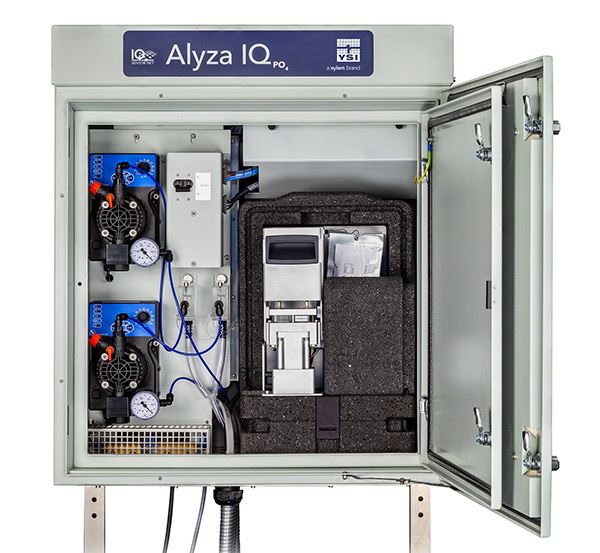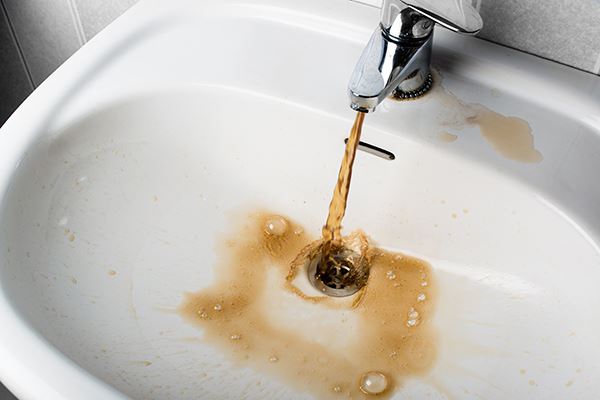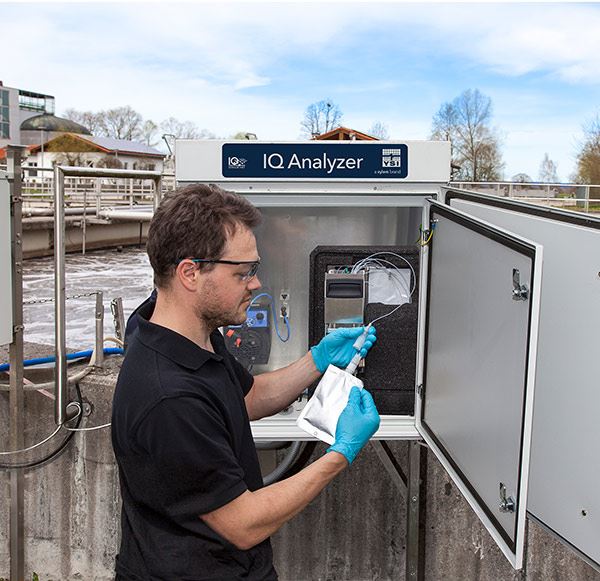How Online Orthophosphate Analyzers Can Help Control Pipe Corrosion in Drinking Water
Phosphorus (P) is a critical mineral in the water and wastewater world, occurring mostly as a form of phosphate (PO43-). In wastewater, phosphorus is designed to be removed before discharging into our natural waters, reducing eutrophication and the issues that arise with it. On the contrary, phosphate is a common additive in the water treatment process for drinking water, usually in the form of phosphoric acid, orthophosphate, or condensed phosphate. Phosphate products provide many benefits to the distribution system, such as helping to improve color and taste and reducing scaling from hard water.
Perhaps the most crucial benefit of dosing phosphate in drinking water is its ability to prevent corrosion of lead and copper from the piping, reducing the risk of health concerns. When phosphate is introduced into a lead or copper pipe, it binds with the metals on the pipe's interior surface, creating a coating that inhibits corrosion.
The EPA’s Lead and Copper Rule (LCR) provides the guidelines for which drinking water plants must reduce the lead and copper concentrations coming from their customers’ taps. If phosphate is not dosed correctly, this can cause problems for the water treatment plant and its customers. Online orthophosphate analyzers, such as YSI’s IQ SensorNet Alyza PO4, play a significant role in maintaining the correct phosphate dosing rate and optimal phosphate residual for appropriate treatment.

YSI Alyza PO4 Online Orthophospahte Analyzer
Phosphates are often dosed manually with a calculated mass balance. Depending on current flow and water composition, this manual dosing can be adjusted to maintain the desired phosphate residual, which can be monitored by performing grab samples. Since flow and water composition can change relatively quickly, manual dosing and grab samples may prove to be problematic and cause over- or underfeeding of the chemical.
The most common issue with overfeeding chemicals is the excess cost. Chemical additives are costly, and efficient dosing is the best practice. Other risks associated with overfeeding phosphates are risking exceeding NSF guidelines for maximum use and increased phosphorus runoff into the environment. Underfeeding phosphate chemicals is also problematic, which can reduce the effectiveness of the chemical. Unusual color or taste, scaling, and lead or copper corrosion are all issues that may occur. Continuously monitoring orthophosphate with the Alyza PO4 analyzer can help maintain the recommended phosphate residual of 1 ppm PO4 and reduce these risks.

Discolored tap water due to pipe corrosion.
The YSI Alyza PO4 is an extremely effective tool for providing continuous phosphate residual readings. With measurements occurring as frequently as every 5 minutes, drinking water operators can get the up-to-date information they need to make informed decisions on phosphate dosing.
The Alyza PO4 also offers lower reagent consumption and reduced maintenance with its newly designed Multi-Port Valve and “IV-style” reagent bag features. Even further, this continuous online measurement can directly control phosphate dosing using process control. Using a simple feedback control loop, a signal from the Alyza PO4 can automatically increase or decrease phosphate dosing based on the analyzer’s measurement and the desired phosphate residual set point. Automated control of phosphate dosing provides several benefits.

Replacing reagent bags in the Alyza PO4 is simple and easy.
First, it ensures that the desired phosphate residual is maintained to provide proper treatment to the water, reducing the risks associated with overfeeding and underfeeding. Second, operators are alerted when the phosphate residual is out of range, and the operator can then investigate and fix the problem, whether that is a malfunctioning feed pump or a process issue.
Lastly, operators save time manually monitoring and controlling the phosphate feeding process, reducing the need for performing grab samples and changing the feed rate themselves. Utilizing the YSI Alyza PO4 analyzer for phosphate residual monitoring can provide all of these benefits to drinking water operators, along with high accuracy, reduced maintenance, and ease of use that the Alyza PO4 provides.

